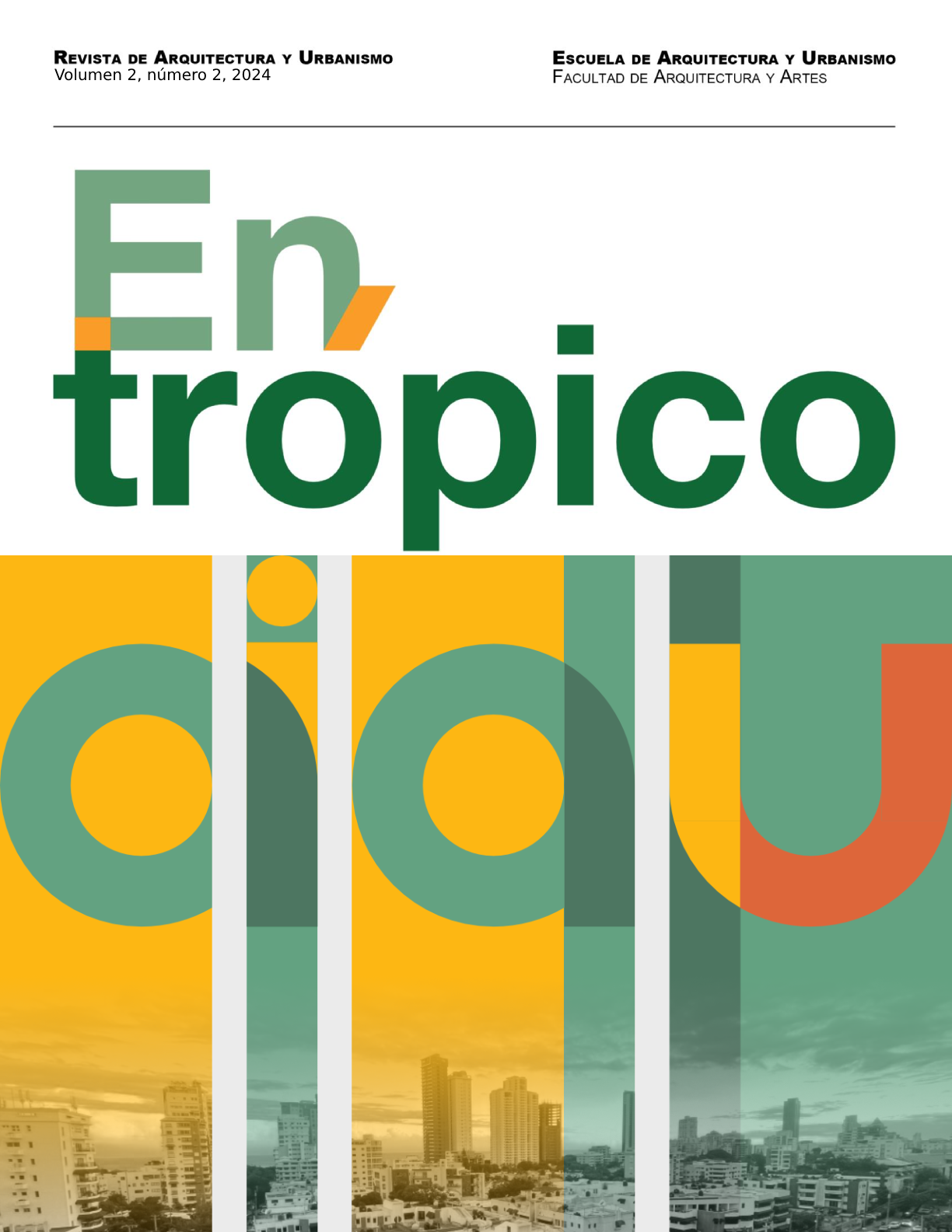Publicado 2024-11-01 — Actualizado el 2025-01-14
Palabras clave
- urban transformations,
- urban morphology,
- socio-spatial segregation
Cómo citar
Derechos de autor 2024 Entrópico Arquitectura y Urbanismo

Esta obra está bajo una licencia internacional Creative Commons Atribución-NoComercial-CompartirIgual 4.0.
Resumen
The study aims to propose a method of analysis that fosters a clearer understanding of the spatial transformation resulting from the actions of specific social groups in shaping urban space according to their interests. It investigates the territorial transformation related to the roles of different agents through urban morphology, aiming to understand the correlation between Brazilian urban forms, public management and the direction of public investments. To analyze how the city has evolved over time, the research was structured from a case study that mapped the urban transformations of the municipalities of Cuiabá and Várzea Grande during the 2006-2021 interval. The adopted method includes three tools for investigating the territory: a) the creation of thematic cartographies through the comparison of aerial images from Google Earth; b) the establishment of analysis categories that identify the predominant types of building transformations in urban blocks and the major interventions in the road system; and c) the assessment of significant events that occurred in the cities during the studied period. A quantitative analysis is presented, showcasing the approximate values of areas in hectares (ha) corresponding to the indicated categories of analysis. As a result, the maps revealed that the relationship between various forms of urban land occupation and the implemented road infrastructure reinforces the process of socio-spatial segregation. It is concluded that the proposed method, combined with historical and socioeconomic studies, effectively reconstructs urbanization processes enabling a better understanding to intervene in the reality of our cities.

